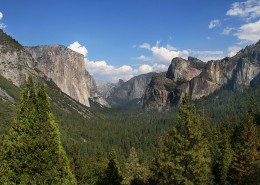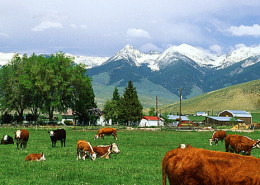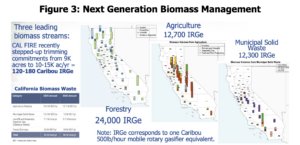Low Carbon Biomass Conversion in the Sierra Nevada
Place: California • Date: 2018-2023 • Partner: CAL FIRE
Project Summary
In 2018, as part of its response to dramatically elevated wildfire risk and its attendant threats to people, property, and California’s climate initiatives, CAL FIRE committed $5.7M to the development and prototyping of the carbon-negative biofuel conversion technology for processing forest and agricultural biomass (Figure 1). Over a 5-year period, BEAR collaborated with LBNL, SUNY, and CARIBOU Biofuels, In. to develop this prototype technology and assess its potential to contribute to wildfire risk mitigation and clean energy development across the state.
This technology was originally intended to facilitate low carbon disposal of forest trimmings, but it also presents an important opportunity for community clean development in the Sierra Nevada, where many Disadvantaged Communities share relatively high wildfire risk and energy costs. Bioenergy conversion technology can transform these threats into opportunities – yielding direct economic benefits to local workers and energy consumers, with indirect community and state-wide benefits from wildfire risk mitigation, improved air quality and livelihoods. The maps in Figure 2 illustrate the dual (livelihood and energy dependence) disadvantages that community bioenergy can address.
In addition to ongoing economic and technical assessment of the prototype technology, BEAR has developed proposals for deployment of the bioenergy conversion technology to manage three primary streams of biogenic waste in California, forest products, agrifood byproducts, and municipal solid waste. Together, these waste streams generate over 50MMT of carbon-intensive waste material per year, representing latent CO2 equal to over 20% of California’s current commit to annual GHG reductions. Diverting this material to biofuel would make a substantial contribution to meeting the state’s medium-term (2030) mitigation goals.
Most Recent Entries

Low Carbon Biomass Conversion in the Sierra Nevada









